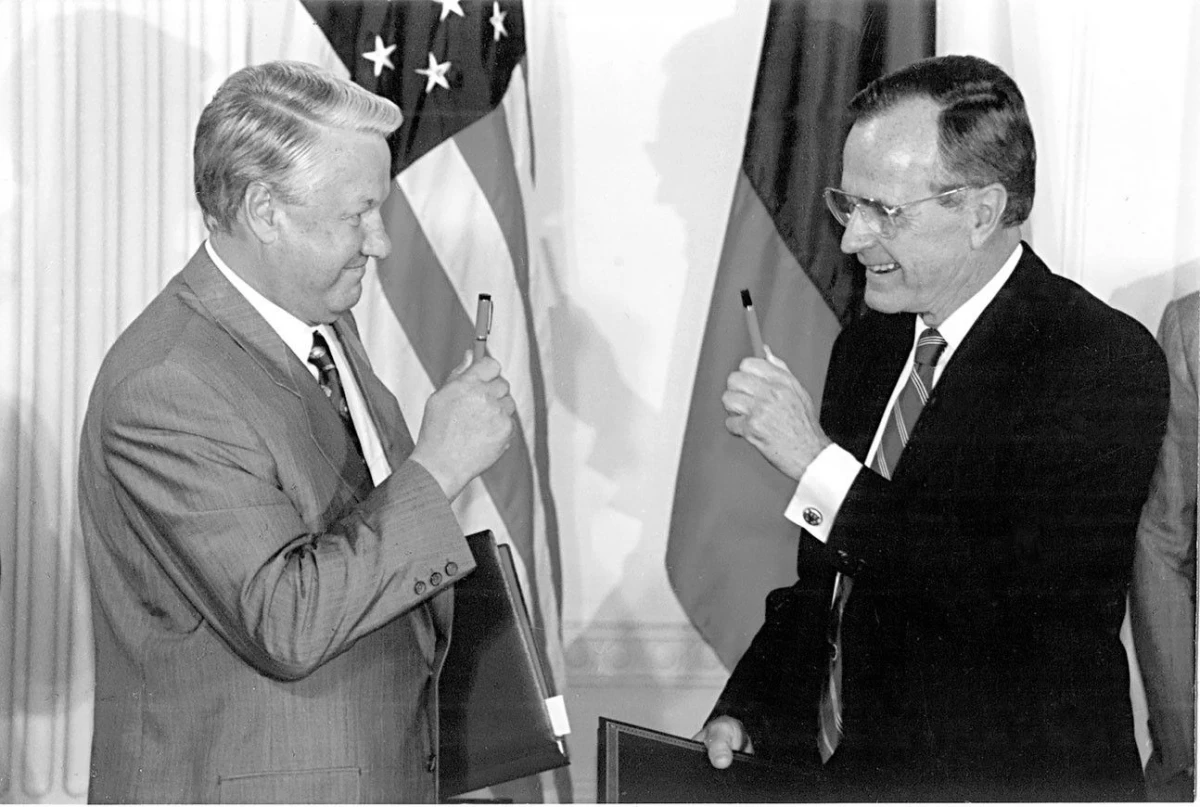
The agreement on further reduction and restriction of strategic offensive armaments, known as START-2, was signed by the Presidents of the Russian Federation and the United States in Moscow on January 3, 1993. Its main position was the obligation of Russia and the United States to reduce the number of warheads on strategic carriers to 3-3, 5 thousand units. Another important point of the contract was the requirement of eliminating all ballistic missiles of ground-based base, equipped with more than one combat block, and all heavy missiles. Starting installations of rockets with separating heads of individual guidance should have been either liquidated or converted into launchers of monoblock missiles. All launchers of heavy missiles, as well as the rockets themselves, were to be destroyed. Exception is made for 90 launchers, which can be converted to accommodate monoblock missiles, subject to the ad hoc procedure. The date of the final completion of the cuts was established on January 1, 2003.
Since in the development of the Treaty, it was assumed that a significant part of the conversion of warhead could be carried out by removing combat units from the deployed systems, in the STAR-2 Agreement, almost all restrictions on the decrease in the number of warheads listed beyond the ballistic missiles were removed. Simultaneously with mitigating restrictions on the number of unloaded warheads, the START-2 contract relieved the requirement that when unloading a rocket more than two-foaming was destroyed by the dilution platform.
The significant difference in the new Treaty of START-1 1991 was the transition to the recalculation of the number of winged missiles of bombers in their maximum equipment. In addition, the START-2 Agreement has resolved up to 100 bombers that are not equipped with coiling rockets of air bazing, to perform non-nuclear tasks, leaving the possibility of their reverse re-equipment.
On September 26, 1997, in New York, the Foreign Minister of the Russian Federation and the US Secretary of State signed the Protocol to the START-2 Agreement. He provided a postponement of the implementation of the contract from December 31, 2001. Until December 31, 2007, it was associated with the fact that the implementation of the first stage of the implementation of the contract in accordance with its first article would have been completed within seven years from the moment of entry into force of the START treaty -1 December 31, 2001 This meant that in the case of ratification of the START-2 Agreement, for example, in 1997-1998, the time for its implementation would be reduced by 3-4 Gg.
The Russian side has ratified the contract in the Package with the Protocol on April 14, 2000. With the condition for the conservation of the contract for the pro agreement of 1972. The United States ratified the treaty in January 1996, but it was not carried out in a Pack with a protocol of September 26, 1997 and, respectively , considered not ratified. However, the US exit from the agreement on pro in 2002 made the Russian side declare the cessation of its obligations under the START-2 Agreement.
Source: https://ria.ru.
